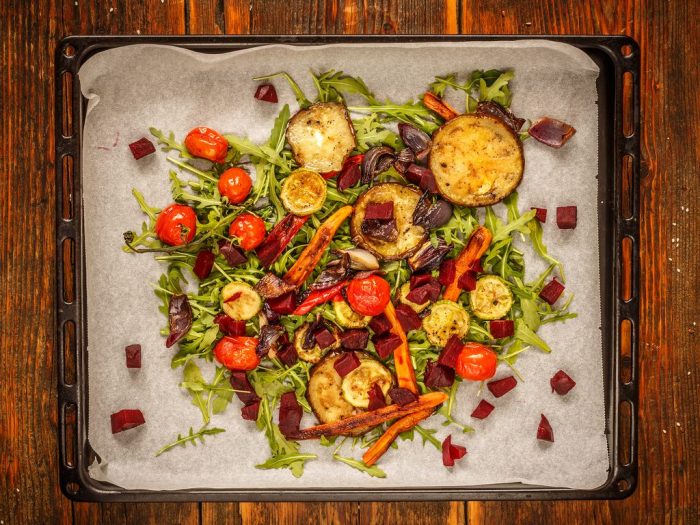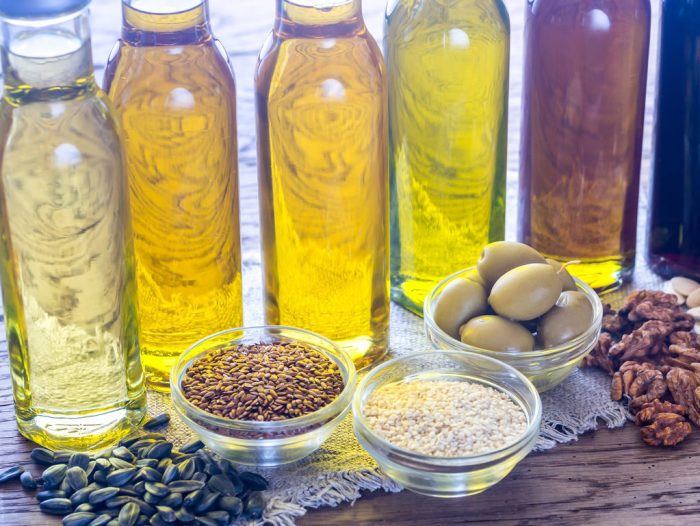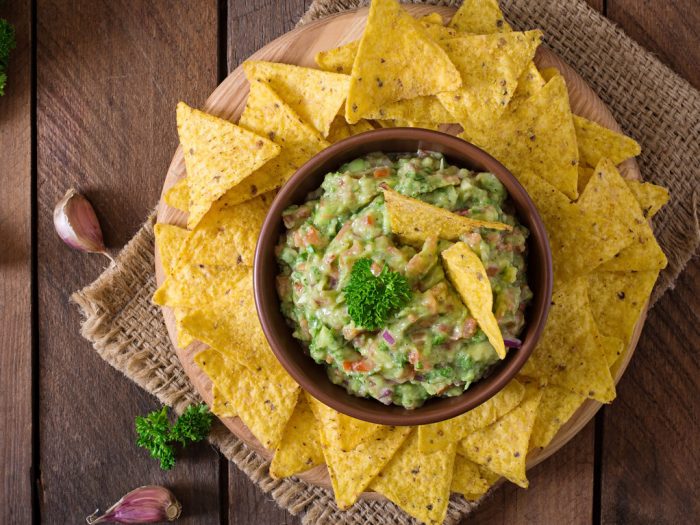Using the oven saves you time and effort, and roasting vegetables is a pleasure if you know how to make them perfect every time. Here’s how to succeed every time!
I know that turning on the oven in the summer heats your kitchen, but I can’t resist when it comes to roasting vegetables. I like combining zucchini, eggplant, tomatoes, onion, and red bell peppers on a tray and cooking them. It’s the best thing I can eat for dinner. I like them cool, with cheese crumbs on top. That’s one of my main dishes in the summer.
During the cold season, I change the combo. Most of the time I choose carrots, celery root, onions, and potatoes. With or without garlic. With or without herbs.
If you know me, you could say I like roasting vegetables often. Not only because of their taste (even if this weighs a lot in my decision) but also because it’s so easy to throw the veggies onto a tray and move it to the oven! I just need to keep an eye on them, but the effort is almost insignificant.
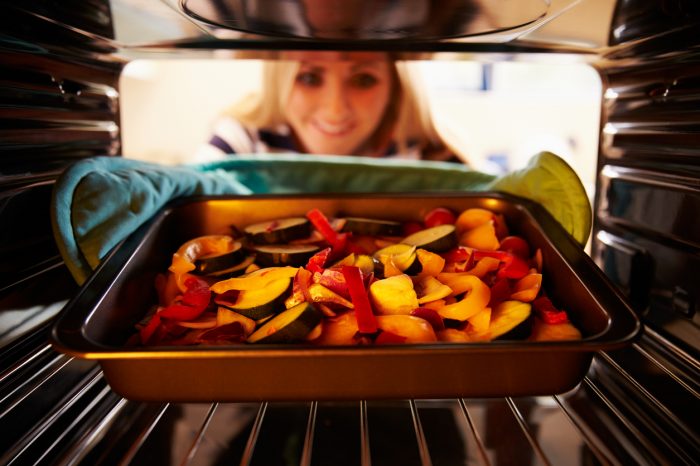
Roasting vegetables easy tips
1. Consider their different texture
All vegetables can be roasted. Without exception. But, when you choose to add them to a tray and place them into the oven, you need to consider their different textures. Carrots and tomatoes cook over a different time because of their water content and texture.
You can roast vegetables with a similar texture, like broccoli and cauliflower, or carrots, parsnip, celery root, and onion in the same baking dish, to make sure they’re ready at the same time. But, if you chose to combine root vegetables with veggies that have more moisture, try to keep the latter at a minimum. So, if you want to mix root vegetables with zucchini, eggplant, or tomatoes, don’t overload your pan with the moist ones. Otherwise, their moisture can prevent the other vegetables from getting roasted properly.
2. Learn how to chop them
If you’re planning on roasting vegetables, then chop them all about the same size before placing them on the tray. This will help them cook at about the same time. When using garlic, slice your cloves into big slices or even keep them whole. Don’t chop them finely; otherwise, they’ll get burn very quickly, and burnt garlic can be very bitter.
As we were saying, different textures affect the cooking time, but uniform size will help. Another important thing when roasting vegetables is moving the pan around often.
3. Toss them often
Along with moving your pan around, it’s a good idea to toss your vegetables with a big spatula every so often. It’s important to use a large one because it’s more probable that it’ll help you keep the shape of your veggies. Also, it’s a good idea to wait about 15 to 20 minutes after you place them in the oven before tossing.
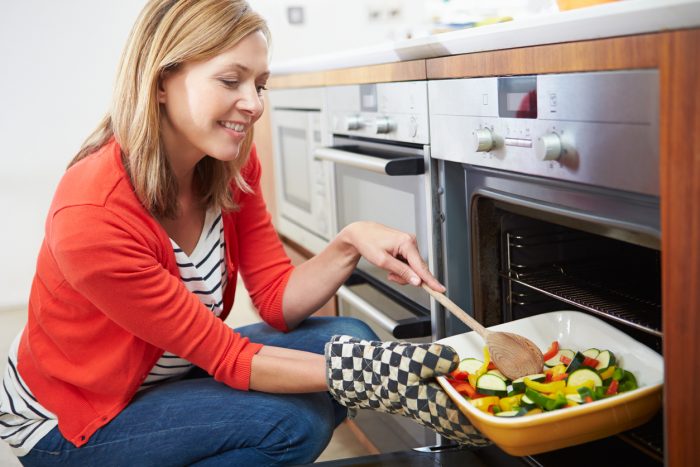
4. Try their doneness with a fork
Roasting time varies depending on many things – veggie size, their type, or temperature – but the average cooking time is between 35 to 45 minutes. The best idea is to test their doneness with a fork. When you do this, prick the densest veggie with the fork until you notice it’s tender. If it’s cooked through, continue roasting until you get a nice deep color and maybe some crispiness on the outside. That’s the idea when roasting vegetables, right?
5. Be careful with the oil
Cooking oil is important when you roast veggies. Choose a quality one, and pay attention to the quantity! Don’t drown your vegetables in oil, but don’t be stingy either. Oil not only prevents burning but also adds flavor and moisture. Drizzle olive oil over the vegetables and use your hands to toss and coat each piece.
Vegetables like mushrooms and eggplant soak up oil like sponges, so don’t add too much of it! Once they release some moisture during roasting, they’ll also release some of that oil back onto the pan.
6. Limit seasoning. Before and after
Salt helps vegetables release their moisture. So, if you add too much salt at the beginning, your veggies will release too much water at once into the pan and your vegetables will boil instead of roast.
The best idea is to add just a few pinches of salt and a bit of freshly ground black pepper before roasting, and season again after the vegetables are done.
If you choose to add flavor by adding sprigs of fresh herbs into the pan, be sure to discard them after roasting.
7. Experiment
Even the most surprising vegetables can be roasted. Try anything you have in the fridge! Roasted red cabbage gets crisp edges and is a great snack. Roasting radishes mellows them into sweet little bites. Roasted spinach turns wilted and slightly browned, and you can serve it hot, as a side. Roasted spring onions are a sweet side or snack.
You can even roast peeled garlic cloves because roasted garlic is not only good for making a spread, but you can also place the roasted cloves in a jar once cooled, then top them with oil and cover with a lid. Then refrigerate and use it as you like.
There are unlimited ways you can serve roasted vegetables: over soft polenta or mashed potatoes, with a poached or fried egg, with some good pieces of cheese, nuts, seeds, and a vinaigrette, with hummus or any other dip or spread, on bruschetta or in sandwiches, as a side to a steak, in omelets and frittatas. It’s up to you!

